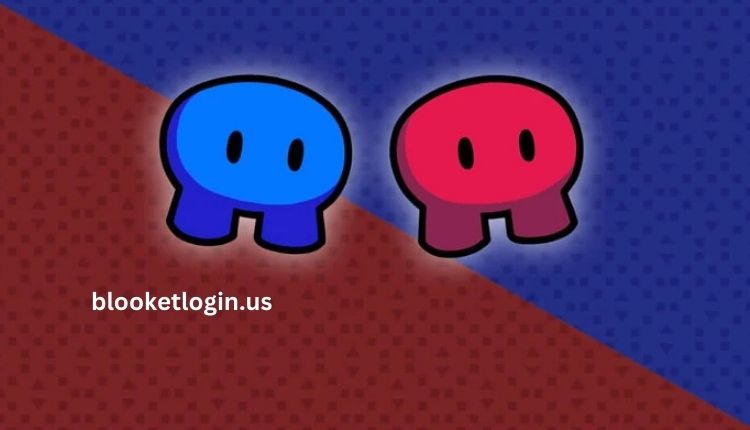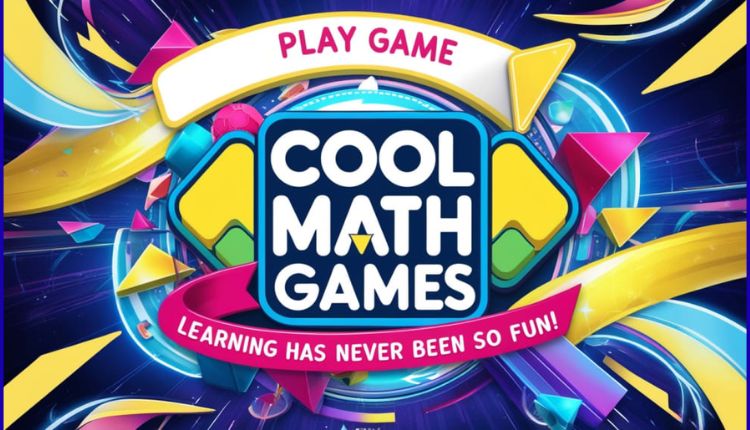Solve a mystery or partake in storytelling that you will not find in a book. The Game Master (GM) does the heavy lifting of these experiences, weaving the game world together, presenting narrative threads, and running the mechanics in a fashion that supports their visions for the game. Enter GMKit—a robust tool to support game masters in building their rich, dynamic, and efficient games. A powerful tool for GMs: Introducing GMKit provides just such a tool for some, but valid tools are the purpose of this look at the world of GMKit.
What is GMKit?
GMKit—A complete digital toolbox for Game Masters, GMKit aims to revolutionize the way you prepare for and run tabletop RPG campaigns. While it obviously covers a whole suite of features for world-building in addition to tracking characters and running encounters and managing tabletop play in real-time. So no matter if you are running a homebrew campaign or a published module, GMKit has everything needed to level you up as a GM.
Key Features of GMKit
World-Building Tools
Creating a rich and immersive world is one of the most daunting tasks for a GM. GMKit—an all-in-one collection of world-building resources—lets users generate maps, settlements, and lore. Features include:
Map Generators: For dungeons, cities and wilderness areas, procedural and customizable maps.
Worldbuilding: Tracking history, cultures, and factions.
Random Generators: Names for NPCs and places, plot hooks, treasures, and NPC backgrounds to inspire creativity.
Managing Encounters and Combat
Smooth and balanced encounters are one of the keys to keeping your players engaged. GMKit simplifies this with:
Encounter Builder: create balanced encounters according to party level and enemy stats.
Initiative Tracker: Track turn order and conditions affecting characters.
Rule-based Automation: Eliminate manual stat calculation wherever possible.
Character and NPC Management
It can be overwhelming to keep track of a large cast of characters, from player characters (PCs) to non-player characters (NPCs). GMKit provides:
Character Sheets: Sheets that track your health, abilities and equipment, typically digital.
NPC Database: A crucial part of your Game Master List, keep track of NPC personalities and motivations.
Design Thought Prompts: visual or textual input to help inspire the experience or scene to be roleplayed.
Uses Of Storytelling And Narrative GMKit
Every RPG has a story it wants to tell, and that story is its heart. GMKit offers:
The scene builder allows you to create detailed or more complicated scene descriptions and arrange them efficiently.
Dynamic Story Trees: Create and visualize branching story trees that react to player choices.
Audio Integration: Background music and sounds to the mood.
Rule and Reference Library
Flipping through rulebooks during the middle of a session can bog down gameplay. GMKit consolidates:
Searchable Rulebooks: You have rules for lots of RPG systems at your fingertips.
Homebrew—Customization: Edit and make your own rules.
Dice Roller: For virtual and in-person play, built right in.
Planning and Organisation of Sessions
A well-prepared session is much smoother. GMKit includes:
This is a campaign planner; this helps you organize sessions, notes, and objectives.
Session Logs: Log previous events and document player progression.
Virtual Tabletops (VTT) Integration: Works with Roll20, Foundry VTT etc.
Getting Started with GMKit: Why You NEED It as a Game Master
Efficiency and Organization
GMKit keeps everything you need right in the app, saving you time from running to physical notes and multiple reference books. One-stop shop for everything a GM could need, allowing for easier prep and smoother sessions.
Enhanced Immersion
By integrating audio, providing dynamic storytelling aids, and automating encounter management, GMKit creates a richer gaming experience. This allows players to focus on the game without bookkeeping distractions or delays.
Adapting for Any RPG System GMKit
Whether you’re running Dungeons & Dragons, Pathfinder, Call of Cthulhu, or even a homebrew system, GMKit is designed to be flexible and customizable. GMs can adapt the toolkit to fit the mechanics and feel of their chosen RPG.
Help for New and Seasoned GMs
New GMs have guided tools, pre-made templates, and automation to help get over the learning curve. Deep customization and advanced features offer veteran GMs an opportunity to hone their craft.
Getting Started with GMKit
Step 1: Download and Set Up
GMKit is online or can be downloaded as an application. Once users install the package, they can configure their settings to their campaign specifications.
Step 2: Create a Campaign
You begin by providing information about your campaign setting, player characters, and initial plot hooks. Both KeeperGM and GMKit offer templates to help you generate campaigns.
Step 3: Utilize the Tools
Use GMKit’s many tools to augment your game. Combat you can manage with the encounter builder, notes can be organized through the session planner, and characters can be managed from the NPC database.
Step 4: Run Your Session
Now that everything is in place, GMKit will take the role of your digital assistant in live environments, tracking mechanics, narrative flow, and player actions.
Conclusion
GMKit is an essential tool for GMs who want a smoother RPG experience. It helps both preparation and gameplay by providing world-building tools, encounter management, character tracking, and storytelling aids. GMKit is more than just a toolkit; it’s a revolutionary approach to both new and old GMs, the seasoned pros and the beginners alike. Give it a shot; one day improve your game mastering!





